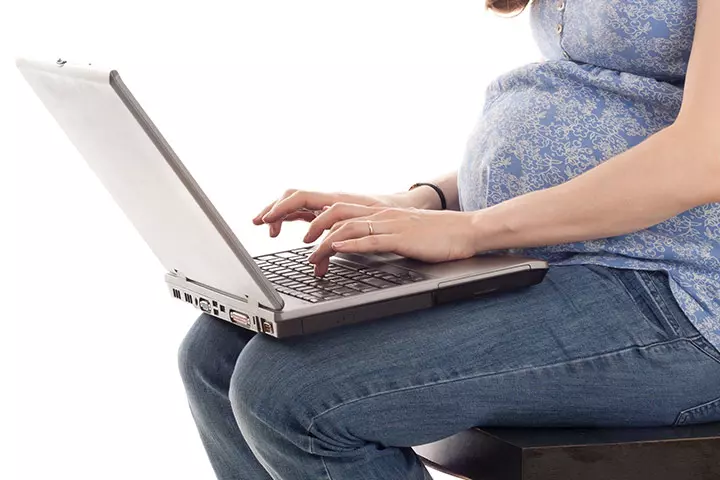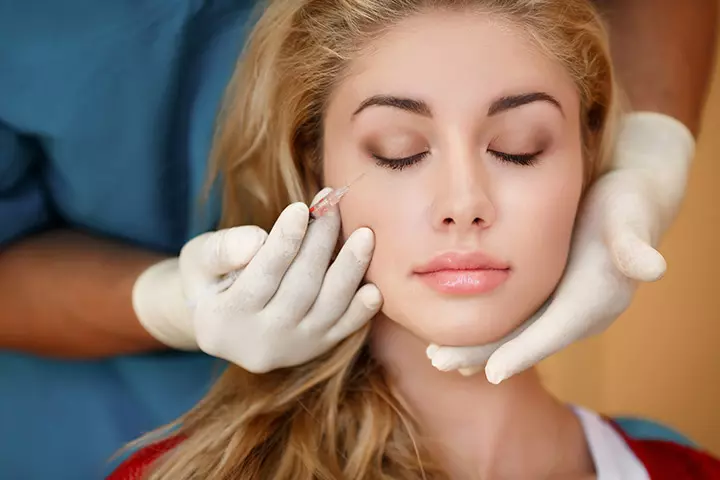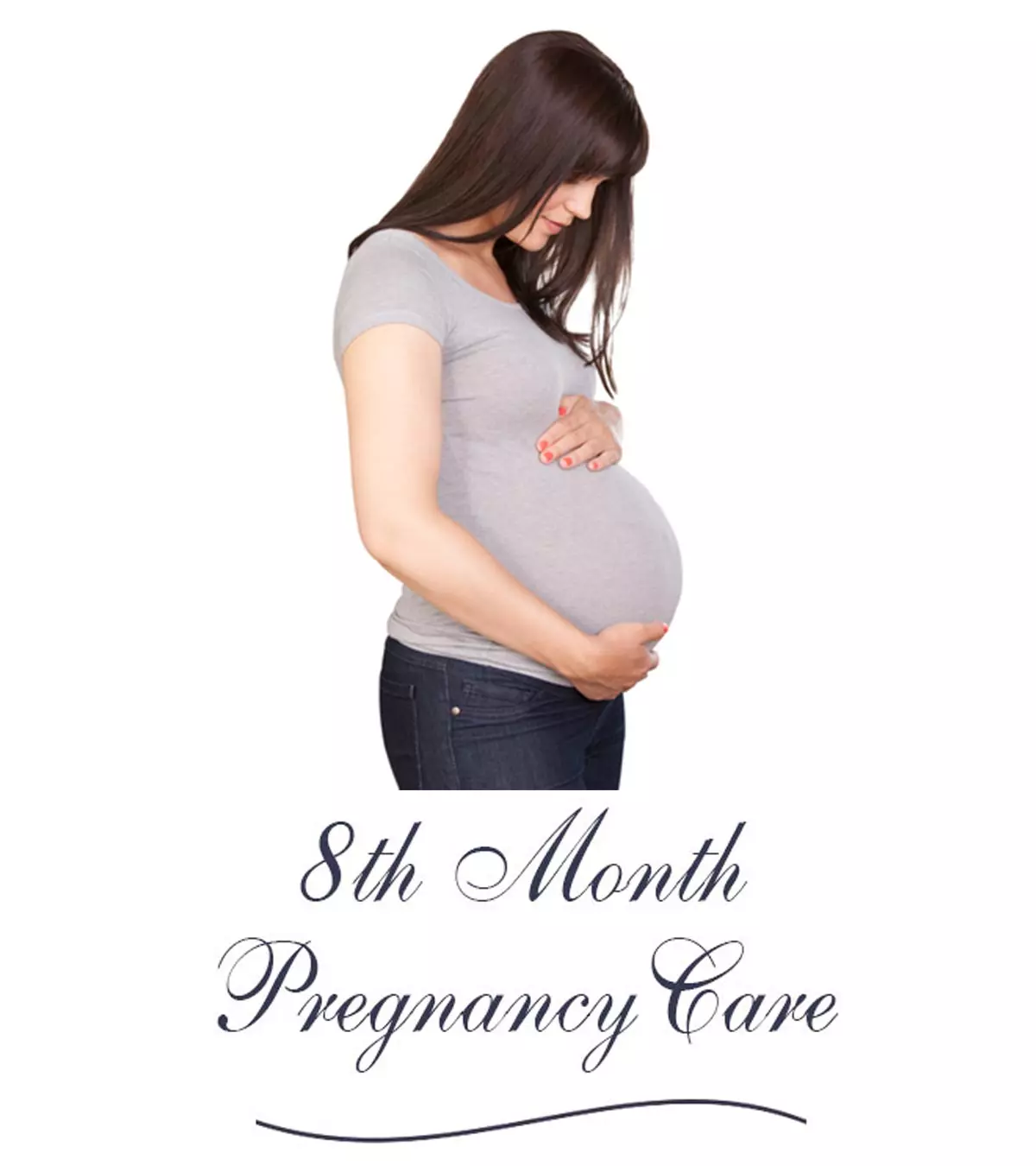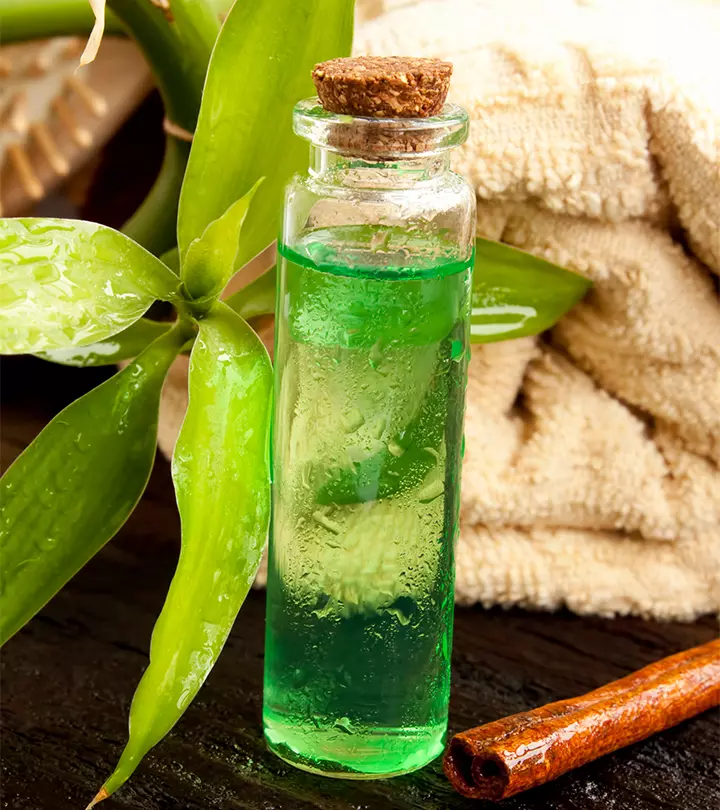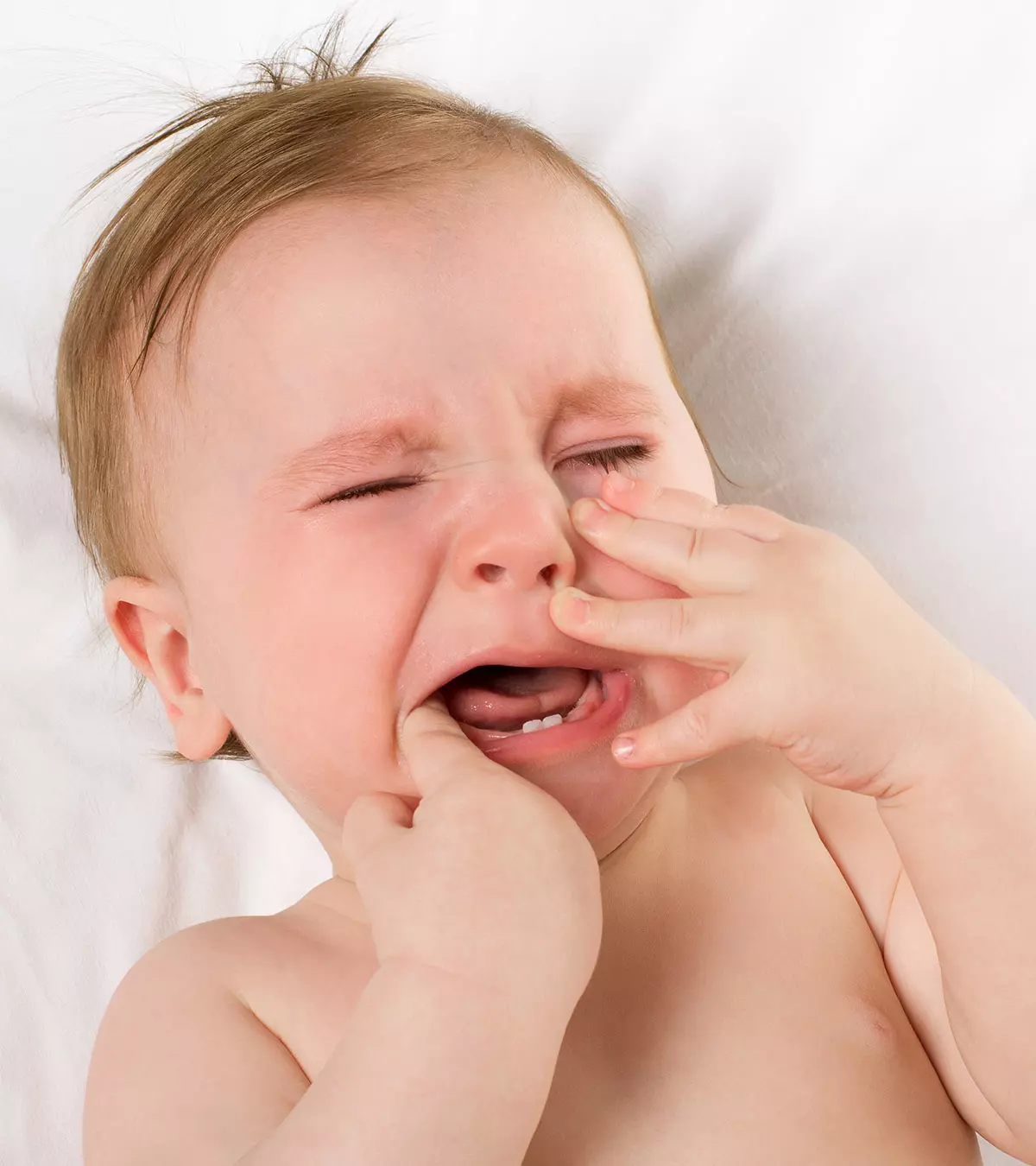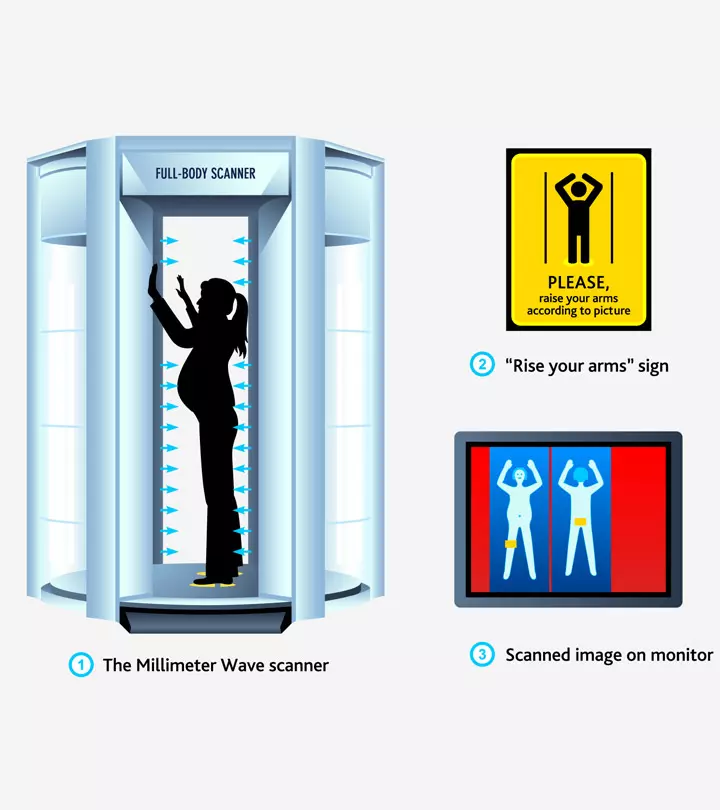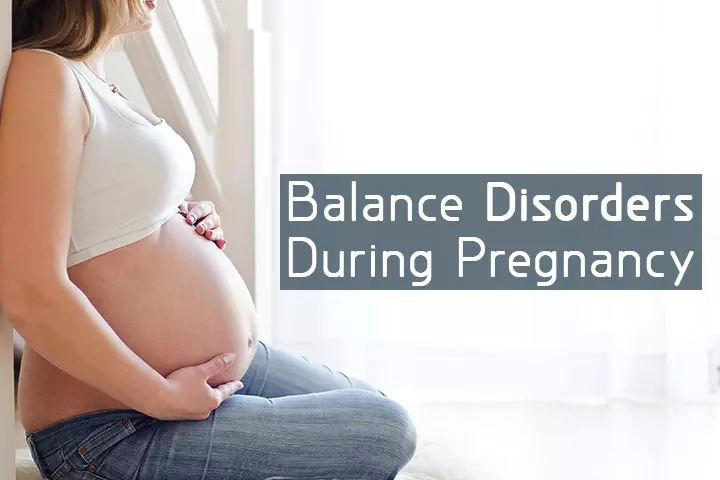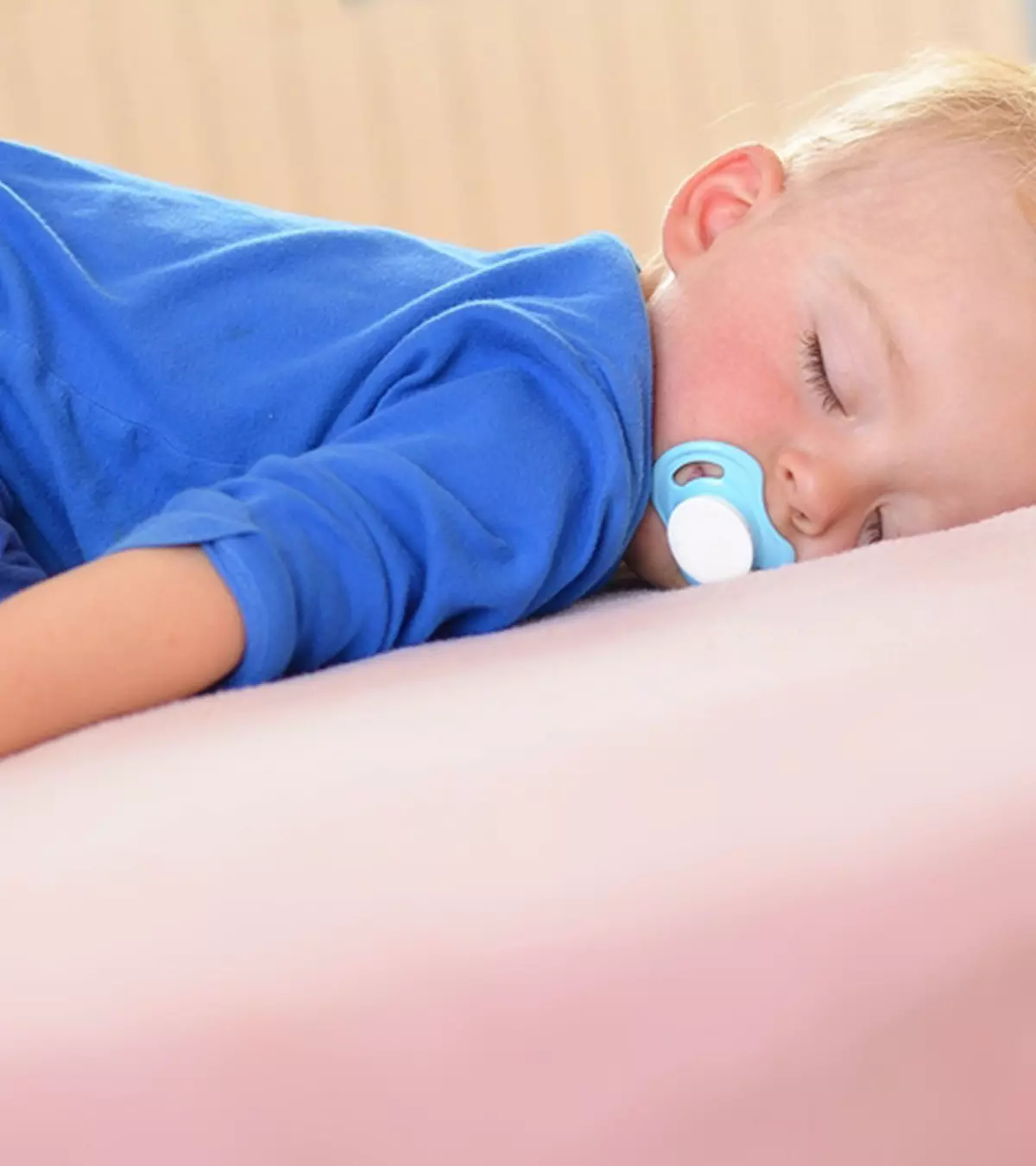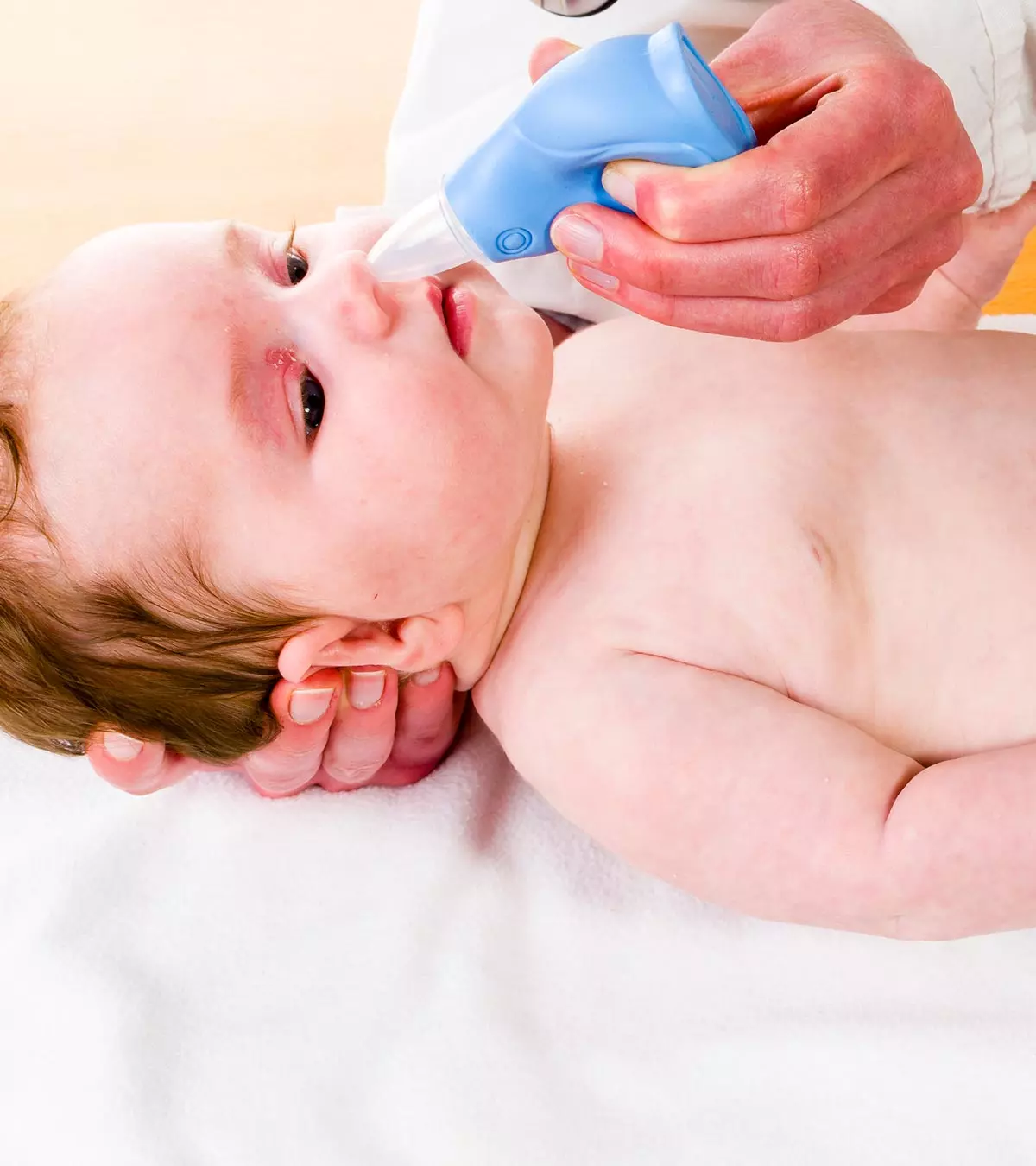
Nasal congestion is a common issue for babies and is often caused due to their narrow nasal passages. If you are looking for ways to clean your baby’s nose, reading this post might help. Initially, newborns follow obligate nasal breathing, so it would be uneasy when they have a stuffy nose. Hence, it is important to ensure you clean their nasal cavity to help them breathe properly and receive sufficient nourishment without any hassles while feeding. Moreover, frequent clearance of nasal cavities could treat infections, if any, and enhance nasal hygiene.
Although it is not an easy task to clean a baby’s nose, you may read this post to find effective ways to make it easier.
Key Pointers
- Rubber bulb syringes and nasal aspirators are useful tools for parents to remove mucus from their baby’s nose.
- Gentle cleaning is important to prevent inflammation and bleeding in the baby’s nose.
- Parents can create saline solution for their baby’s nose by combining 1/4 teaspoon of salt with a cup of boiling water.
- When administering saline nasal drops, parents should lay the baby down and tilt their head back.
- Before starting the process, it is important to wash hands thoroughly, and to avoid using more than 2-3 drops of saline solution.
Different Ways To Clean Your Baby’s Nose
A natural way of cleaning the baby’s nasal cavity is by making him sneeze. This expels the blockage and removes the excess mucus build-ups in the nose. If the infant is still uncomfortable by this natural process, a nasal wash is better.
Note that the use of medications like decongestants is a big ‘no’ for babies as these dry up mucus and even plug the drainage system, besides causing sleeplessness. If antihistamines are used as medication, they may cause sedation and thicken the snot discharge. So you can try the below steps to clean your baby’s nose.
Rather try the below steps to clean your baby’s nose:
1. Saline Nasal Spray
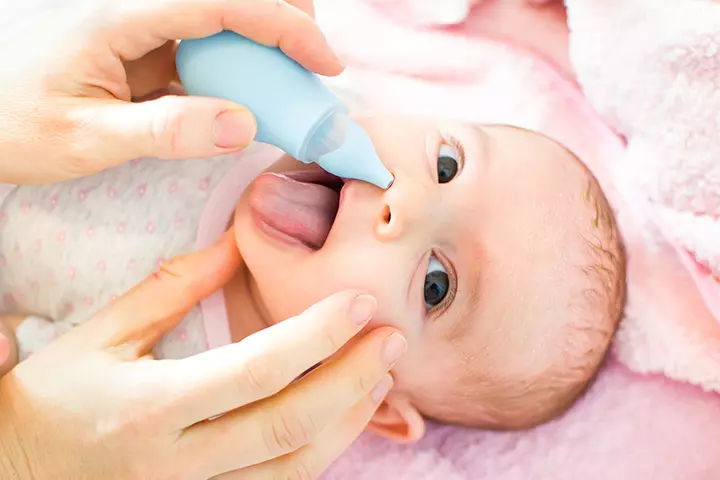
Image: IStock
Using a saline nasal spray is the safest option for infants, babies, and toddlers. The usage is simple. Just lay the baby down, tilt the head back carefully, and squeeze two or three drops of saline nasal spray into each nostril. It would relieve the nasal congestion and clear the nose (1). Saline nasal sprays can be used multiple times a day, but if your baby shows any signs of irritation, it would be advisable to consult a doctor.
2. Baby Nasal Cleaners
Products like rubber bulb syringe or nasal aspirator can efficiently remove mucus from the baby’s nose. A baby nasal cleaner can offer relief to babies, but using the right solution is the key. For babies less than three to six months, use an isotonic (milder) solution. In older babies, using a slightly hypertonic (stronger) solution is good. You can buy the nasal saline solution at medical stores or prepare one at home.
How To Make Nasal Saline For Babies?
Mucus can be thick as snot. It can be thinned with the saltwater solution to make it easier to remove. Suctioning, however, should not be done more than four times a day (2). Method of preparation:
- Mix one-fourth teaspoon table salt in a cup of boiled water.

Image: IStock
- Let it cool to room temperature. Store it in a clean and covered bottle.
- Label the bottle with the date of preparation and discard after three days.
 Did you know?
Did you know?How To Clean A Baby’s Nose Using Saline Drops?
- Lay your baby down on a soft towel with their head slightly tilted upward.
- Put two to three drops of saline water into the baby’s nose with a dropper. Wait for 30 to 60 seconds.
- Turn around the baby onto his stomach to let the nose drain. Collect mucus on a tissue.
- Gently wipe around the nostrils without putting the tissue deep into the baby’s nose. Clean the dropper after every use.
How To Clean A Baby’s Nose Using A Rubber Bulb Syringe?
- Put the baby in the sitting position. Squeeze air out of the rubber bulb and hold the bulb pinched.
- Place the syringe tip just inside the nostril without going deep. Release the bulb pressure to let mucus suction out.
- Bring out the syringe from the baby’s nostril and remove mucus on a tissue.
- Rinse the bulb with clean water before using it again.
 Quick tip
Quick tipHow To Clean A Baby’s Nose Using A Nasal Aspirator?

Image: Shutterstock
Nasal aspirator comprises a nozzle, a lengthy piece of soft tubing, and a mouthpiece. These three are connected with the tube in the middle. The process of usage is similar to that of the bulb syringe, except that the mouthpiece is used for suction. Some parents find nasal aspirators less invasive, more efficient, and easier to use compared to the bulb syringe.
Follow these steps to clean baby nose using a nasal aspirator:
- Add saline drops into the baby’s nose and see if it clears the congestion.
- If you still find a stuffy nose, place the nozzle tip into the baby’s nostril and the mouthpiece into your mouth.
- By applying gentle suction with your mouthpiece, suck out mucus from the baby’s nose into the nozzle.
- A filter present in the tube ensures that you do not inhale germs.
12 Precautions And Tips To Use A Rubber Bulb Syringe Or Nasal Aspirator
- The process should be gentle. Aggressive suctioning may inflame or cause bleeding in the nasal tissues, which can make the nasal congestion worse.
- Suctioning the baby nose more than twice or thrice each day means damaging the lining. So avoid it.
- Wash your hands thoroughly before you begin the process. If you cannot wash, at least use an alcohol-based hand sanitizer.
- Do not squeeze more than two or three drops of solution into the baby nose.
- Do not worry if the baby sneezes out some solution. It will still make its way into the nostril.
- Do not use saline drops for baby for more than four continuous days to avoid drying out the nose and making it worse.
- In case the baby resists vigorously, try after some time.
- While buying a nasal aspirator ensure to buy ones that are specially designed for baby’s tiny nostrils.
- These products have complete ‘how to use directions’. Follow them. Get familiar with the product before using. Test the suction by placing the aspirator against your fingertip.
- After aspirating, remove the nozzle in the downward direction and not the upward direction, i.e., towards the eyes.
- After usage, clean all the parts of the devices and syringe well with warm soapy water. Squeeze the tip of the bulb to shake away the soap water.
- Rinse well in warm water and dry by suspending the syringe in a glass with the tip side down.
3. Nasopharyngeal (NP) Suctioning
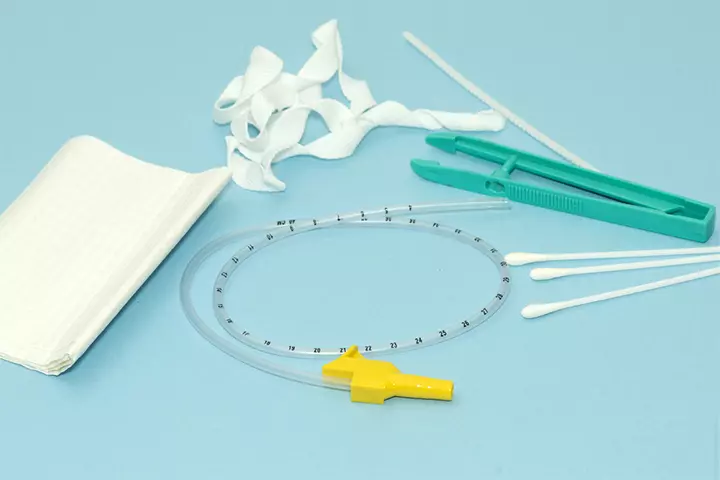
Image: Shutterstock
Nasopharyngeal (NP) Suctioning is done by a nurse, doctor, or respiratory therapist in few cases:
- If the mucus cannot be removed with a bulb syringe or aspirator.
- If your baby has abnormal breathing sounds.
- If the baby needs more oxygen.
- If the baby finds difficulty in eating and breathing simultaneously.
Like other suctioning procedures, salt-water solution is used to loosen the mucus, making it moist. A small suction tube, connected to a suction device is gently placed in the baby’s nose until it touches the back of the throat. This will make the baby cough, which brings up the mucus to the back of the throat. The suction is applied to get rid of the mucus, and then the tube is gently pulled out of the nose. The procedure is repeated many times a day until the baby’s nose is clear.
Note: Frequent NP suctioning may lead to swelling inside the baby’s nose or mild nosebleed. If this happens, a smaller suction tube or neosucker can be used. If the procedure is followed within 30 minutes of eating, it may lead to vomiting. The procedure may cause discomfort to your baby while it is being done.
4. Steam Clean
Run a hot shower in the bathroom for a few minutes and allow the bathroom to become steamy. Sit there for a while with the baby. It may loosen up the chest congestion in babies. To help the baby breathe quickly, give extra fluids during the day and run a vaporizer. This way the secretions become thinner and it becomes easy for the baby to cough or sneeze.
5. Elevate The Head Of The Mattress Or Run Cool Air Humidifier
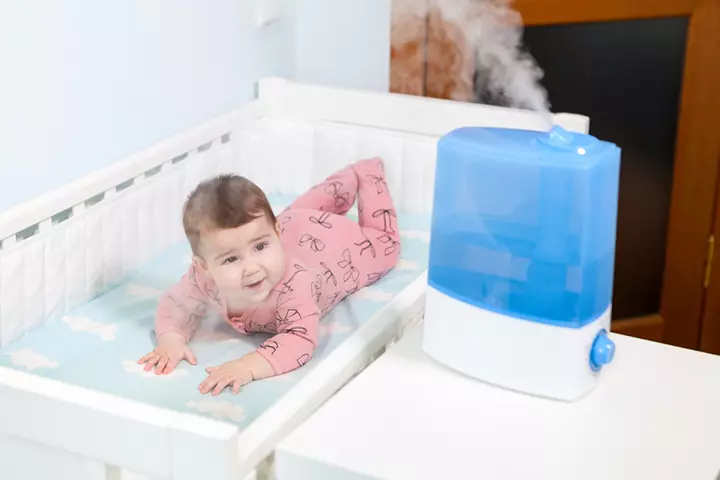
Image: Shutterstock
Breathing can be easy through a stuffy nose when we sleep with the head slightly raised. Place a towel below the baby’s head in the crib to raise it slightly. This would offer some relief to the baby during the bed or nap-time. Extremely dry air can dry up the sensitive lining of the nose. While the baby sleeps, run a cold air humidifier in her room to offer relief and prevent stuffiness.
6. Massage on acupressure points on the face
You may help your baby breathe better by giving a gentle face and neck massage under medical guidance. Start by massaging the forehead, moving from the nose to the hairline and from the middle to the ears. It helps with sinuses. Massage the cheekbones from under the eyes toward the ears to improve drainage. Press gently between the eyebrows, where the eyebrows begin, beside the eye, and the nose above the nostrils. These points help clear congestion. Also, press beside each nostril and massage the neck muscles from under the ear down to the collarbone. Be very gentle, as your baby’s face is delicate, and these acupressure points can be quite tender when your baby is congested. So, pay attention to your baby’s cues and stop the massage if you notice signs of discomfort or distress (3).
Frequently Asked Questions
1. When should I suction and clean my baby’s nose?
- If the baby has difficulty breathing.
- Has a noisy breathing due to excess mucus.
- Before bedtime or before feeding or nursing. Suctioning soon after a feed may lead to vomiting (4).
2. Can I clean the baby’s nose while bathing?
You can clean your baby’s nose during his bath-time by gently wiping around the nostrils with cotton balls soaked in warm water. It is not advisable to insert anything in the baby’s nostrils to avoid any possible damage to the lining in the nose.
3. Do babies hate having a blocked-up nose?
Babies with a stuffy or blocked nose may be unable to feed, sleep, or suck quickly (when breastfeeding) and become highly irritable.
4. When should I clean my baby’s nose?
Dr. Steven Goudy, a pediatric ENT specialist, says, “You should clean your baby’s nose anytime they appear to be experiencing congestion, to prevent issues such as poor sleep, improper eating, or nasal inflammation. Babies are obligate nasal breathers, so if your baby is congested, they aren’t breathing the way they should. It is also important to be extra vigilant during the winter, as cold, flu, and RSV spread. These illnesses can increase congestion and lead to respiratory distress.”
Sneezing is the natural and most effective way to clean your baby’s nose. This clears the blockage and removes any excess mucus and irritants in the nose, thus maintaining nasal hygiene. However, if they are unable to do it yet, you can use artificial methods such as nasal spray, nasal cleaners, or nasopharyngeal suctioning. You should consult your doctor before you start using any artificial methods. Using decongestants or antihistamines to clean your baby’s nose is not advised as they might dry up the mucus, cause drowsiness, and block the nasal drainage pathway.
Infographic: Different Ways To Clean Your Baby’s Nose
Remember to be gentle when cleaning your baby’s nose and follow the instructions with any products you use. The following infographic provides a list of ways to clean your baby’s nose. Be sure to read it carefully and follow accordingly. If you have any concerns about your baby’s congestion or are unsure how to clean their nose correctly, it is best to consult a healthcare provider. Illustration: Momjunction Design Team
Illustration: Effective Ways To Clean Your Baby&039s Nose

Image: Dall·E/MomJunction Design Team
Learn about effective methods to alleviate your infant’s cold symptoms by employing nasal saline and gentle suction. Acquire valuable advice to ensure your baby’s enhanced well-being.
References
- Nasal Wash Treatment
https://www.nationaljewish.org/conditions/medications/asthma-medications/alternative/nasal-wash-treatment - Suctioning Your Childs Nose and Mouth
https://www.chkd.org/patient-family-resources/health-library/suctioning-your-childs-nose-and-mouth/ - Sample text for Acupoint and trigger point therapy for babies and children : a parent’s healing touch / Donna Finando
https://catdir.loc.gov/catdir/enhancements/fy0801/2007041357-s.html - Suctioning the Nose with a Bulb Syringe
https://www.cincinnatichildrens.org/health/s/suctioning-bulb-syringeing-bulb-syringe - Nasal Saline Rinse
https://www.childrensmn.org/educationmaterials/childrensmn/article/16567/nasal-saline-rinse-sinus-rinse/ - Suctioning the Nose with a Bulb Syringe
https://www.nationwidechildrens.org/family-resources-education/health-wellness-and-safety-resources/helping-hands/suctioning-the-nose-with-a-bulb-syringe
Community Experiences
Join the conversation and become a part of our nurturing community! Share your stories, experiences, and insights to connect with fellow parents.
Read full bio of Dr. Elna Gibson
- Dr. Steven Goudy is a pediatric ENT, the director of pediatric otolaryngology, vice-chairman of research at Emory and Children’s Hospital of Atlanta. An alumni of University of Louisville School of Medicine, Dr. Goudy holds around 18 years of experience in pediatric otolaryngology. He is the founder of Dr. Noze Best, a battery-powered nasal suction device for infants.
 Dr. Steven Goudy is a pediatric ENT, the director of pediatric otolaryngology, vice-chairman of research at Emory and Children’s Hospital of Atlanta. An alumni of University of Louisville School of Medicine, Dr. Goudy holds around 18 years of experience in pediatric otolaryngology. He is the founder of Dr. Noze Best, a battery-powered nasal suction device for infants.
Dr. Steven Goudy is a pediatric ENT, the director of pediatric otolaryngology, vice-chairman of research at Emory and Children’s Hospital of Atlanta. An alumni of University of Louisville School of Medicine, Dr. Goudy holds around 18 years of experience in pediatric otolaryngology. He is the founder of Dr. Noze Best, a battery-powered nasal suction device for infants.
Read full bio of Dr. Ritika Shah
Read full bio of Rohit Garoo
Read full bio of Vidya Tadapatri






